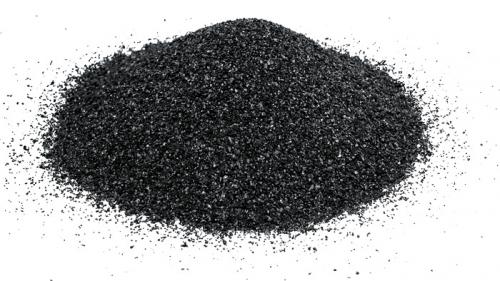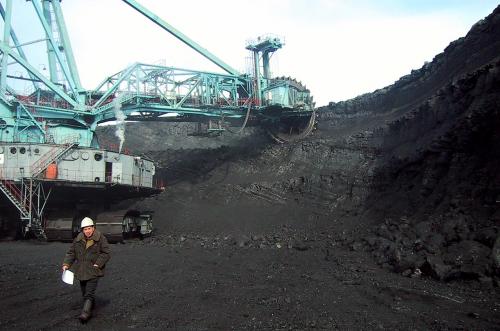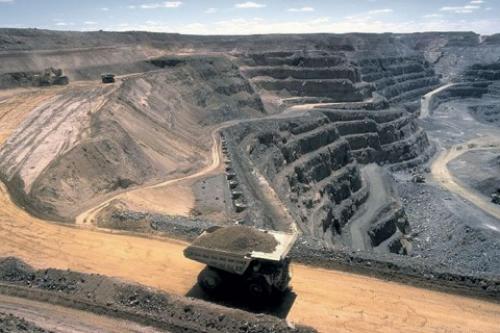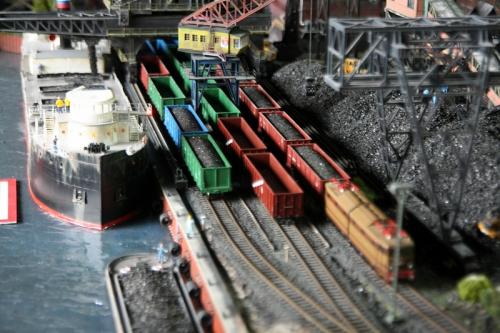Coal is a sedimentary rock that forms in the earth's seam. Coal is an excellent fuel. It is believed that this is the most ancient type of fuel used by our distant ancestors.
How coal is formed
For the formation of coal, a huge amount of plant matter is needed. And it is better if the plants accumulate in one place and do not have time to decompose completely. The ideal place for this is swamps. The water in them is poor in oxygen, which prevents the vital activity of bacteria.
Vegetation mass accumulates in swamps. Not having time to completely rot, it is compressed by the following soil deposits. This is how peat is obtained - the source material for coal. The next layers of soil, as it were, seal the peat in the ground. As a result, it is completely deprived of access to oxygen and water and turns into a coal seam. This process is lengthy. So, most of the modern reserves of coal were formed in the Paleozoic era, that is, more than 300 million years ago.
Characteristics and types of coal
(Brown coal)
The chemical composition of coal depends on its age.
The youngest species is brown coal. It lies at a depth of about 1 km. There is still a lot of water in it - about 43%. Contains a large amount of volatile substances. It ignites and burns well, but gives little heat.
Hard coal is a kind of "middling" in this classification. It occurs at depths up to 3 km. Since the pressure of the upper layers is greater, the water content in coal is less - about 12%, volatile substances - up to 32%, but carbon contains from 75% to 95%. It is also highly flammable, but burns better. And due to the small amount of moisture, it gives more heat.
Anthracite is an older breed. It occurs at depths of about 5 km. It has more carbon and almost no moisture. Anthracite is a solid fuel, it ignites poorly, but the specific heat of combustion is the highest - up to 7400 kcal / kg.

(Anthracite coal)
However, anthracite is not the final stage in the transformation of organic matter. When exposed to harsher conditions, coal transforms into shuntite. At higher temperatures, graphite is obtained. And when subjected to ultra-high pressure, coal turns into diamond. All these substances - from a plant to a diamond - are made of carbon, only the molecular structure is different.
In addition to the main "ingredients", the composition of coal often includes various "rocks". These are impurities that do not burn, but form slag. Contained in coal and sulfur, and its content is determined by the place of formation of coal. When burned, it reacts with oxygen and forms sulfuric acid. The less impurities in the composition of coal, the higher its grade is valued.
Coal deposit

The place of occurrence of coal is called a coal basin. Over 3.6 thousand coal basins are known in the world. Their area occupies about 15% of the earth's land area. The largest percentage of deposits of the world's coal reserves in the United States - 23%. In second place - Russia, 13%. China closes the top three leading countries - 11%. The largest coal deposits in the world are located in the USA. This is the Appalachian coal basin, whose reserves exceed 1600 billion tons.
In Russia, the largest coal basin is Kuznetsk, in the Kemerovo region. The reserves of Kuzbass amount to 640 billion tons.
The development of deposits in Yakutia (Elginskoye) and in Tyva (Elegestskoye) is promising.
Coal mining

Depending on the depth of the coal, either a closed mining method or an open one is used.
Closed, or underground mining method. For this method, mine shafts and adits are built. Mine shafts are built if the depth of coal is 45 meters or more. A horizontal tunnel leads from it - an adit.
There are 2 closed mining systems: room and pillar mining and longwall mining. The first system is less economical. It is used only in cases where the discovered layers are thick. The second system is much safer and more practical. It allows you to extract up to 80% of the rock and evenly deliver coal to the surface.
The open method is used when the coal is shallow. To begin with, an analysis of the hardness of the soil is carried out, the degree of soil weathering and the layering of the covering layer are ascertained. If the ground above the coal seams is soft, the use of bulldozers and scrapers is sufficient. If the upper layer is thick, then excavators and draglines are brought in. A thick layer of hard rock lying above the coal is blown up.
The use of coal

The area of use of coal is simply huge.
Sulfur, vanadium, germanium, zinc, and lead are extracted from coal.
Coal itself is an excellent fuel.
It is used in metallurgy for iron smelting, in the production of iron, steel.
The ash obtained after burning coal is used in the production of building materials.
From coal, after its special processing, benzene and xylene are obtained, which are used in the production of varnishes, paints, solvents, and linoleum.
By liquefying coal, a first-class liquid fuel is obtained.
Coal is the raw material for producing graphite. As well as naphthalene and a number of other aromatic compounds.
As a result of the chemical processing of coal, more than 400 types of industrial products are currently obtained.
